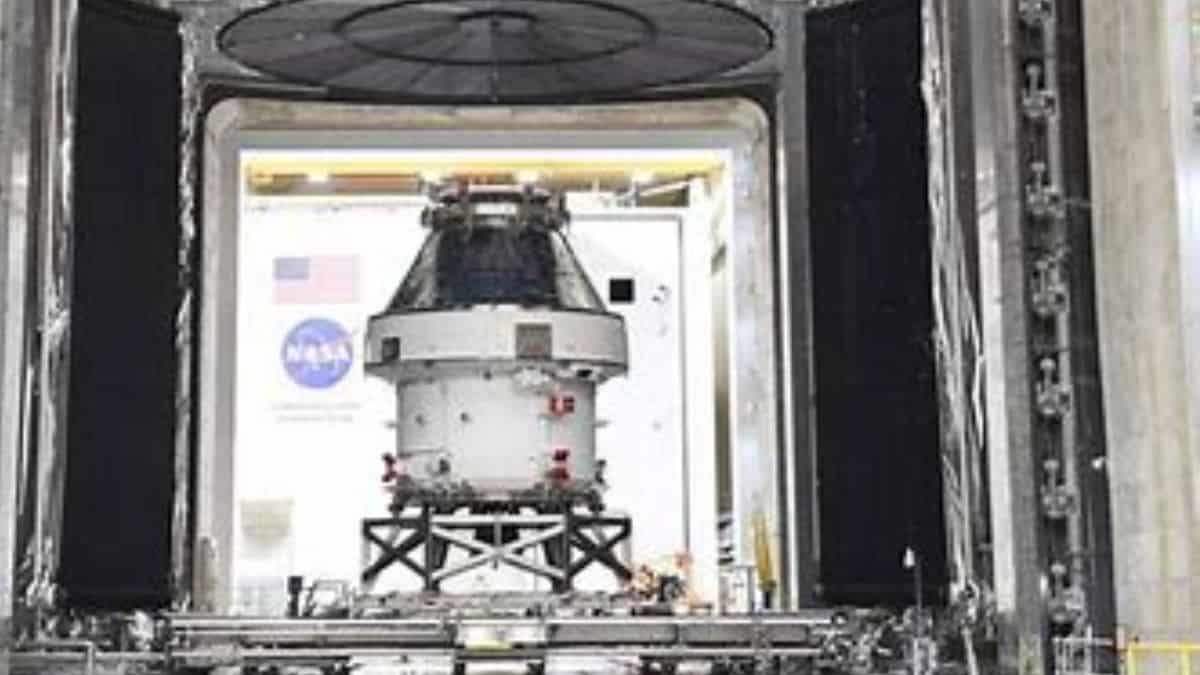Weather centers to be build by NASA in space during Artemis 1 Mission

To return astronauts to the Moon after a 50-year hiatus, NASA’s Artemis 1 mission is poised to make a critical advancement. The mission, which will launch on August 29, 2022, is an unmanned shakedown flight for NASA’s Space Launch System and Orion Crew Capsule. The spaceship will travel to the Moon, deploy a few tiny satellites, and then enter orbit. NASA wants to practice running the spacecraft, test the conditions individuals will encounter on and around the Moon, and practice operating the spacecraft to ensure that the spacecraft and any inhabitants can safely return to Earth.
The new Space Launch System’s initial launch will be Artemis 1. This is a “large lift” vehicle, to use NASA’s terminology. It will be significantly more powerful than the Saturn V system that Apollo used to launch astronauts to the Moon in the 1960s and 1970s, making it the most powerful rocket engine to have ever been launched into space. It is a revolutionary type of rocket system since it has two core engines consisting of a mixture of liquid oxygen and hydrogen as well as two strap-on solid rocket boosters that were salvaged from the space shuttle. It resembles both the space shuttle and the Saturn V rocket from the Apollo missions.
Overall it’s our first step back to the moon and our first step on our way to mars. A new era of space exploration is on the horizon as NASA counts down to the launch of Artemis 1. The Artemis mission will one day bring humans to mars, but the first mission is a test flight around the moon. NASA needs to make sure the new Orion space capsule is equipped to handle the weather in space.
Jim Free, an associate administrator for the exploration systems development mission directorate said, “It definitely will encounter the galactic cosmic rays. It’s the biggest risk to the crew, and that’s one of the reasons why our hard science up front is focused on radiation.” NASA says space weather will remain front and center for future missions. Free added, “we are going to have space weather sensors up there that are being built right now that can look at the solar wind, that can look at the solar fluxes, look for the coronal mass ejections and understand looking back from a different vantage point.”
Also in the works is a new lunar vehicle that combines the best from the apollo moon buggies and mars rovers. Astronauts will be able to pilot it in person and remotely.
He further said, “I think it’s who we are as humans that we have that need to explore. And this exploration plan that we’ve laid out for the moon and we’re planning for Mars is incredibly exciting to me.


